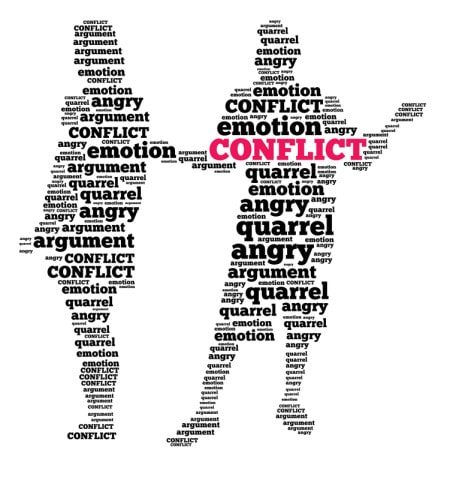Many courts still order a one-size-fits-all custody arrangement in which fathers see their children every other weekend, and mothers assume parenting duty the rest of the time.
However, psychological research suggests families fare better with individualized custody plans tailored to fit children’s developmental stage and individual circumstances, as well as the particular relationship between children and their parents. To learn how Divorce Without War® can help you create a co-parenting plan tailored to your family’s needs, click here.
That research shows that children experience cookie-cutter plans as confusing and arbitrary, notes clinical psychologist and divorce expert Joan B. Kelly, PhD. Especially affected are children who have good relationships with their fathers and those so young they “have no cognitive capacity to understand why this abrupt decrease in their contact with the object of their affection occurred,” she notes.
Other research she cites in a paper in press at the Journal of the American Academy of Matrimonial Lawyers finds that:
- About half of children want more contact with their noncustodial fathers than they have.
- Children are rarely asked about living arrangements, but when they are and their input is used, they report high levels of satisfaction with post-divorce living arrangements.
- Children whose fathers are more involved with them postdivorce generally do better socially, behaviorally and academically than those whose fathers are less involved.
- Children in joint-custody arrangements have better emotional, behavioral and general adjustment than those living only with their mother, according to a 2002 meta-analysis of 33 studies.
Click here to continue reading this article by T. DeAngelis from apa.org.





